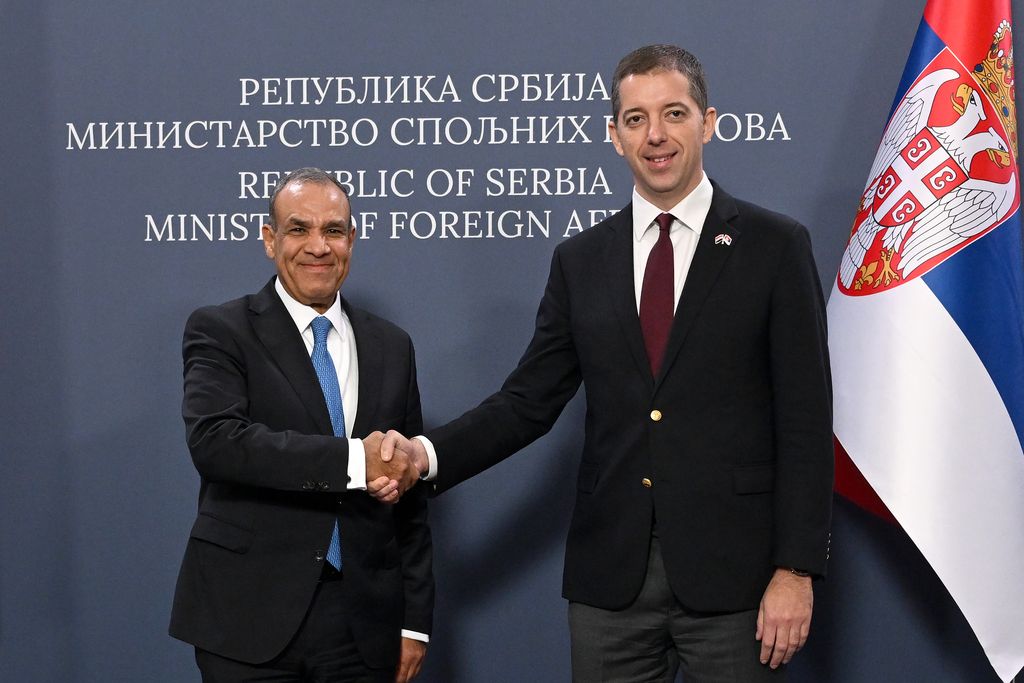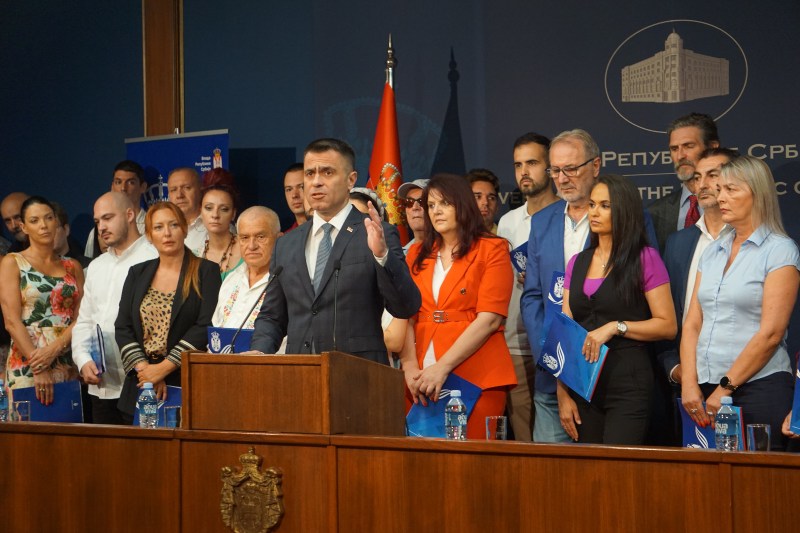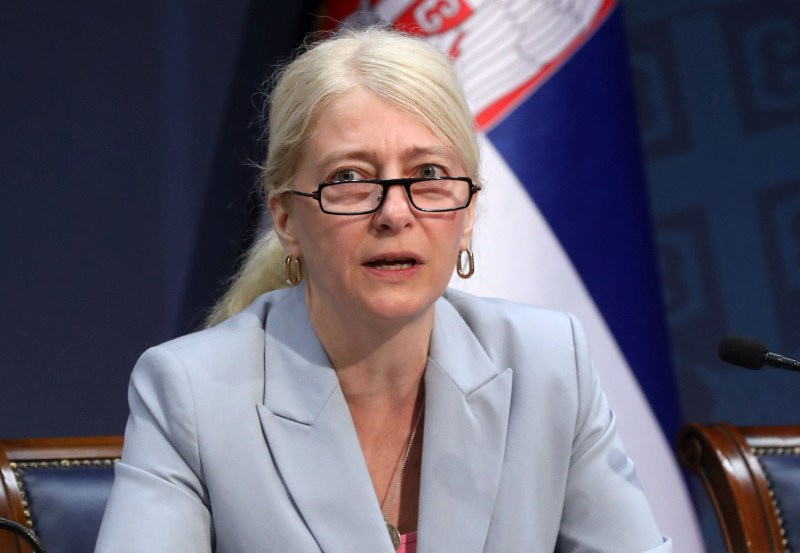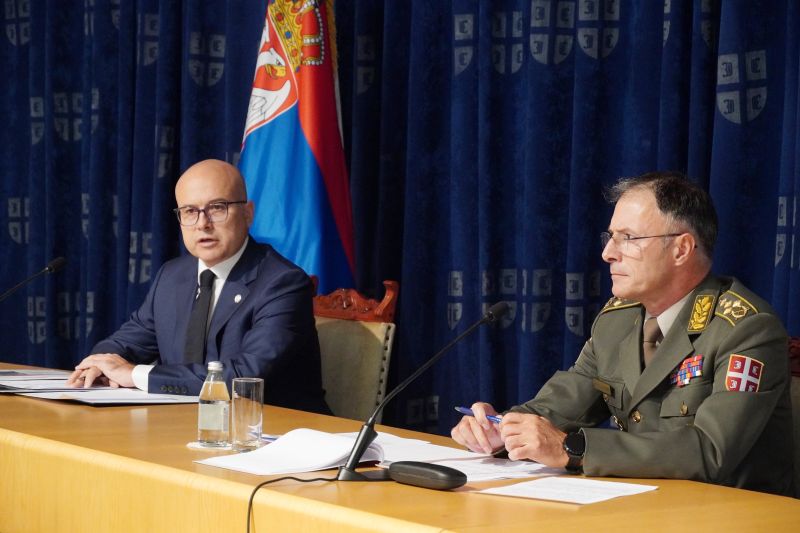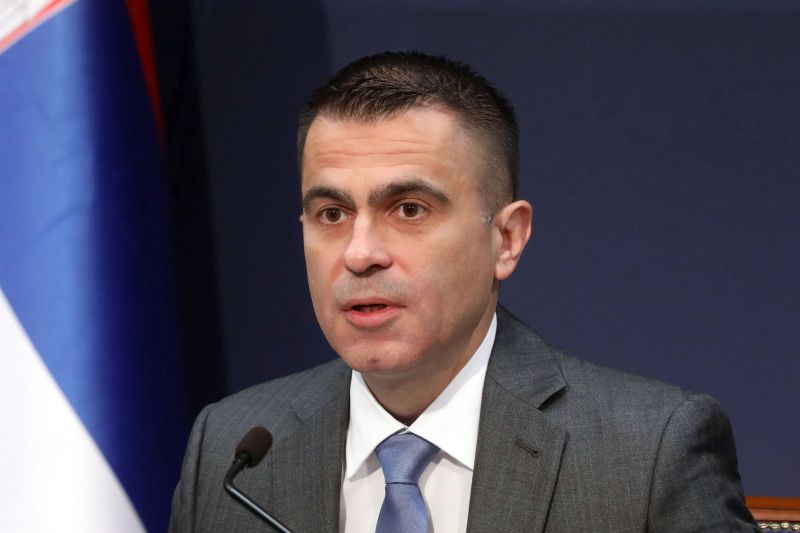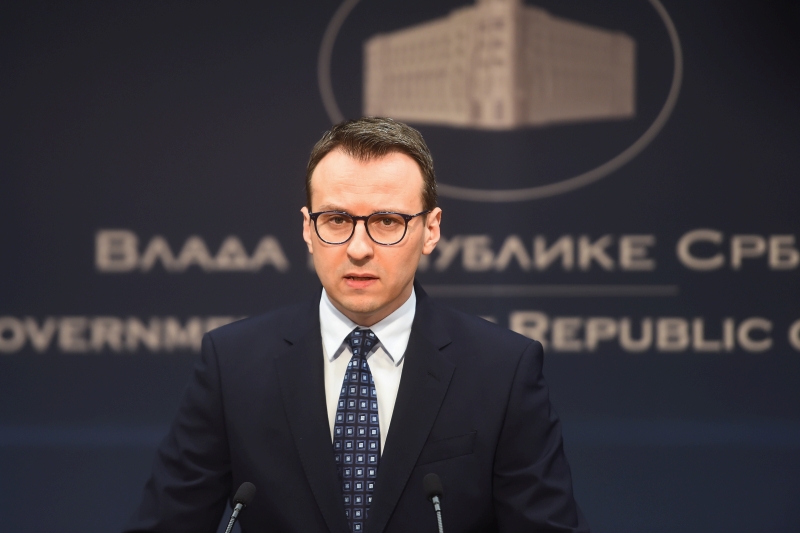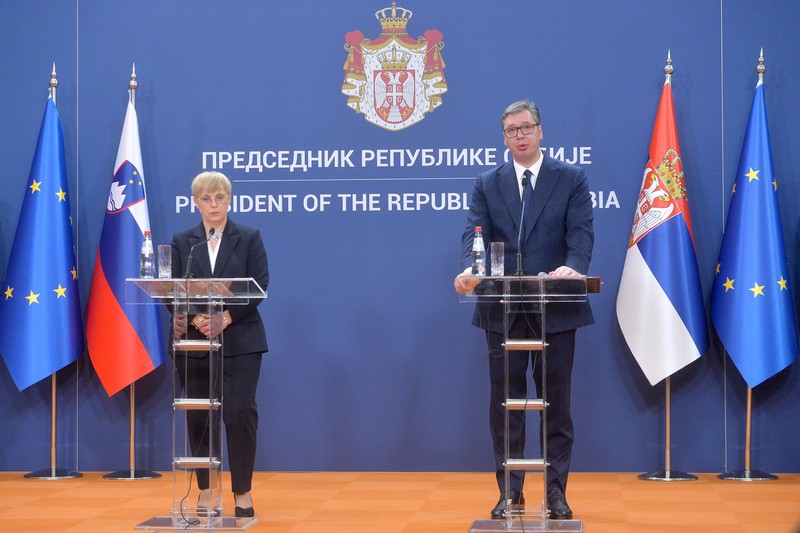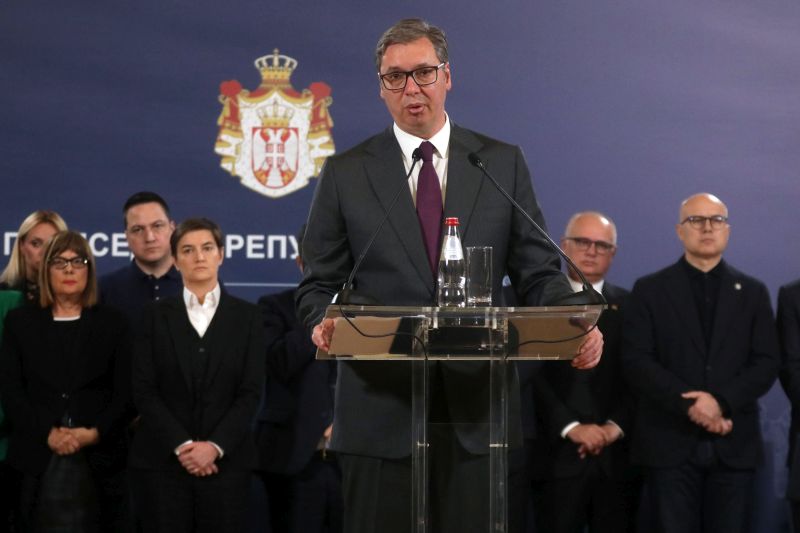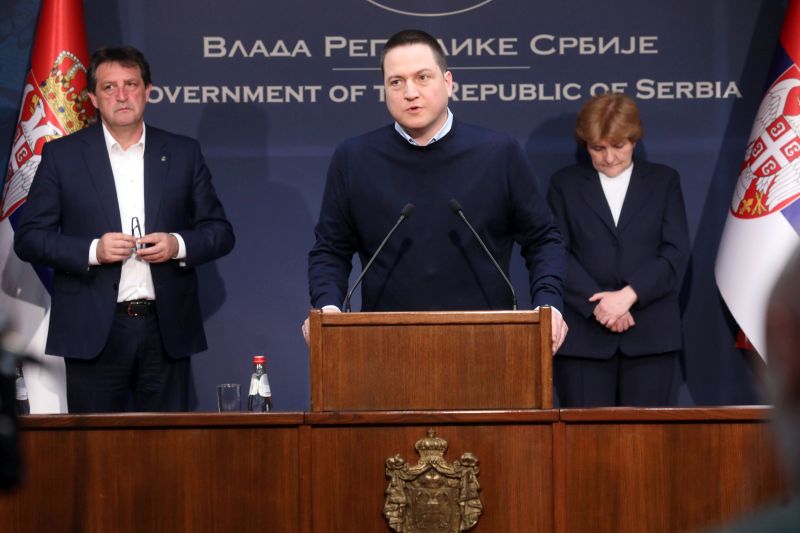Q:
A:
€1.675 billion from National Investment Plan to be allocated for investments
Belgrade,
13 September 2006
Serbian Minister of Finance Mladjan Dinkic said today that total investment from the National Investment Plan by the end of 2007 should reach €1.675 billion, €415 million of which is to be spent this year and €1.26 billion next year.
Dinkic told a press conference that the main goals of the 2006/07 National Investment Plan are increasing employment rates, maintenance of high economic growth amounting to 7% on average in the next five years, as well as reaching a more balanced regional development.
He said that Serbia will generate a surplus of €2.1 billion and noted that according to the Ministry of Finance, Serbia needs to invest nearly €1.2 billion in capital investment annually, which equals almost 5% of this year’s GDP.
The structure of budgetary expenditure has therefore completely changed, said the Minister and explained that during previous years Serbia set aside approximately 3% of GDP whereas in 2006 the country will allocate nearly 12% from the state coffers whereas one-fourth of next year’s budget is earmarked for investment, thus reaching the European standard.
There are four sources of financing for the National Investment Plan, namely privatisation revenues, budget surplus, loans from international financial organisations and EU’s pre-accession funds in the 2007-2012 period, the Minister explained.
EU’s contribution in the National Investment Plan is projected at €250 million next year reaching up to €500 million in 2011, Dinkic said.
According to him, priorities in investment are modernisation of traffic network, which will be covered with €437 million, investment to encourage economic growth in the amount of €385 million as well as modernisation of the health sector, which will cost €331 million.
These three sectors account for almost 70% of total investments envisaged by the National Investment Plan, and apart from them, the Plan also envisages investments in housing industry worth €150 million, projects that improve citizens' living standards worth €144 million, modernisation of public administration worth €140 million, education worth €55 million, and in projects in the territory of Kosovo-Metohija worth €32.5 million.
The Minister said that such investment structure will not be retained in its entirety in the years to come and voiced hope that investments in education will be increased.
He said that Serbia will generate a surplus of €2.1 billion and noted that according to the Ministry of Finance, Serbia needs to invest nearly €1.2 billion in capital investment annually, which equals almost 5% of this year’s GDP.
The structure of budgetary expenditure has therefore completely changed, said the Minister and explained that during previous years Serbia set aside approximately 3% of GDP whereas in 2006 the country will allocate nearly 12% from the state coffers whereas one-fourth of next year’s budget is earmarked for investment, thus reaching the European standard.
There are four sources of financing for the National Investment Plan, namely privatisation revenues, budget surplus, loans from international financial organisations and EU’s pre-accession funds in the 2007-2012 period, the Minister explained.
EU’s contribution in the National Investment Plan is projected at €250 million next year reaching up to €500 million in 2011, Dinkic said.
According to him, priorities in investment are modernisation of traffic network, which will be covered with €437 million, investment to encourage economic growth in the amount of €385 million as well as modernisation of the health sector, which will cost €331 million.
These three sectors account for almost 70% of total investments envisaged by the National Investment Plan, and apart from them, the Plan also envisages investments in housing industry worth €150 million, projects that improve citizens' living standards worth €144 million, modernisation of public administration worth €140 million, education worth €55 million, and in projects in the territory of Kosovo-Metohija worth €32.5 million.
The Minister said that such investment structure will not be retained in its entirety in the years to come and voiced hope that investments in education will be increased.
The biggest individual project within the National Investment Plan are investments for the completion of Corridor 10 by the end of the next year, Dinkic pointed out and specified that €250 million are planned to be invested in the construction of highways from Nis to the Bulgarian border and from Leskovac to the Macedonian border and in the ring road around Belgrade.
The second biggest investment is the modernisation of four clinical centres in Serbia - in Belgrade, Novi Sad, Nis and Kragujevac, for which €150 million have been put aside.
The Minister explained that with the aim of securing faster development of underdeveloped regions, changes will be made in the project planning because so far the best project proposals have always come from the most developed municipalities.
Dinkic announced that the Ministry will announce a job competition for 25 economists, engineers and other professionals to be employed at the Ministry's Project Office, which will be the central unit for the selection and monitoring of all projects of the National Investment Plan.
These experts will make visits to poor and underdeveloped municipalities and make projects for them, the Minister explained and added that the plan is to invest an average of €133 per capita in underdeveloped regions and €117 per capita in the developed ones.
According to Dinkic, an average of €130 per capita will be invested in Belgrade and Vojvodina which are now the most developed, while it will be invested the most in eastern Serbia, €265, in southern Serbia, €224, and in western Serbia, €162 per capita.
Observed by regions, the highest increase in investments will be given to the districts of Raska and Toplica because they will increase by 230% in relation to the previous period, Dinkic stressed.
The second biggest investment is the modernisation of four clinical centres in Serbia - in Belgrade, Novi Sad, Nis and Kragujevac, for which €150 million have been put aside.
The Minister explained that with the aim of securing faster development of underdeveloped regions, changes will be made in the project planning because so far the best project proposals have always come from the most developed municipalities.
Dinkic announced that the Ministry will announce a job competition for 25 economists, engineers and other professionals to be employed at the Ministry's Project Office, which will be the central unit for the selection and monitoring of all projects of the National Investment Plan.
These experts will make visits to poor and underdeveloped municipalities and make projects for them, the Minister explained and added that the plan is to invest an average of €133 per capita in underdeveloped regions and €117 per capita in the developed ones.
According to Dinkic, an average of €130 per capita will be invested in Belgrade and Vojvodina which are now the most developed, while it will be invested the most in eastern Serbia, €265, in southern Serbia, €224, and in western Serbia, €162 per capita.
Observed by regions, the highest increase in investments will be given to the districts of Raska and Toplica because they will increase by 230% in relation to the previous period, Dinkic stressed.



